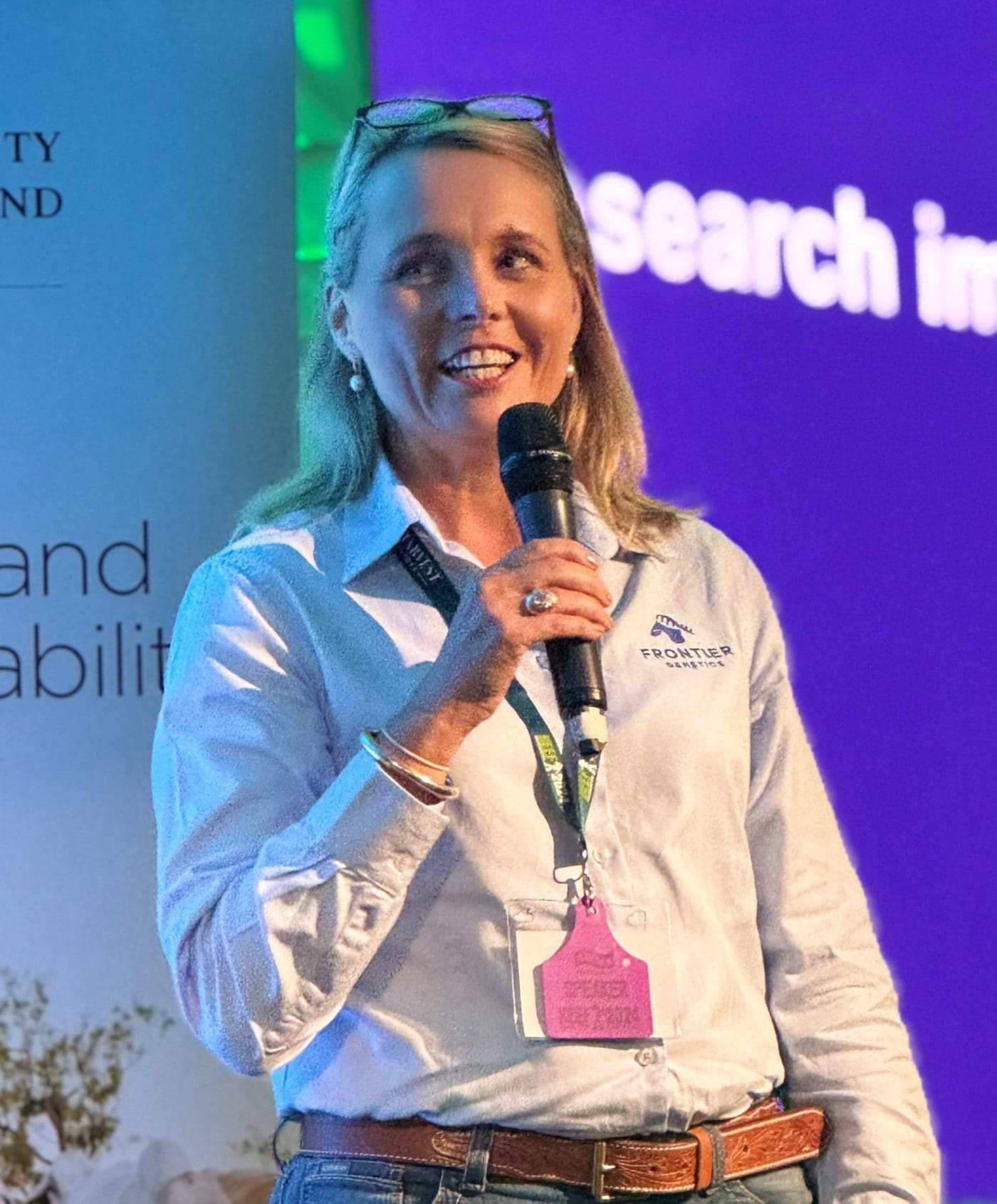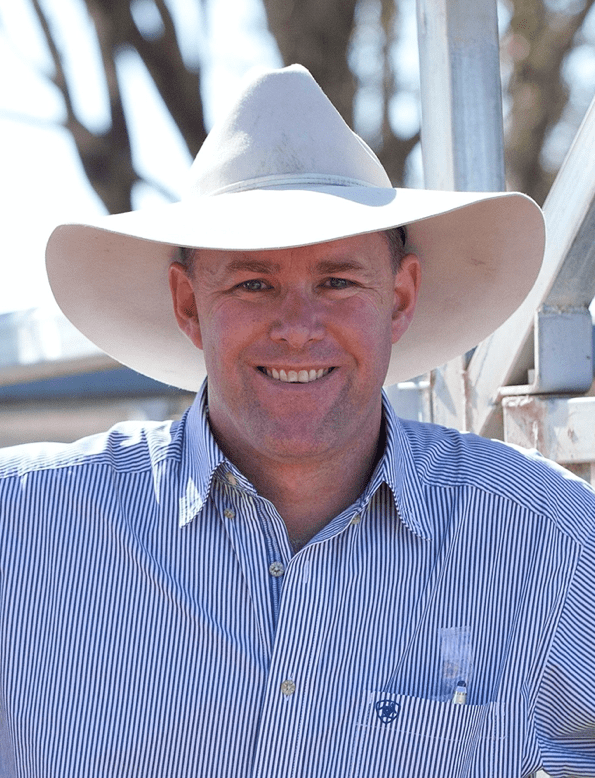GENETICS and genetic improvement formed the basis of a number of sessions across the program during the recent Beef 2024 event in Rockhampton.
The sessions, ranging from producer case studies to recent research and project results, offered anyone attending the event more than ample opportunity to listen and ask about the value and role genetic selection and methods have within northern or southern beef herds.
One such session presented by the University of Queensland included a presentation from Rebecca Burnham, President of Frontier Genetics, a group of Brahman breeders who have joined together to measure and record genetic data across their herds with the intent of improving information offered as part of their online sale.
In her presentation, Rebecca emphasised the value of recording data and using information as part of a more effective approach to management.
Measuring to manage
“We are measuring to manage,” she told the packed audience attending the session.
“By collecting data, and data across a number of herds, we can start to identify those animals that perform across environments.”

Rebecca Burnham addressing the Beef 2024 audience
Rebecca highlighted that the variation within breeds, and in the example of Frontier Genetics, the Brahman breed, means there is significant opportunity to make progress, “as long as we can identify the animals that offer the best genetics.”
In recent weeks there has been some discussion online and in social media about the value and cost associated with performance recording. There have been some suggestions that access to performance data should come with a fee involved.
This isn’t necessarily a new debate. Without a doubt, recording data and submitting it for analysis and inclusion in EBV’s does cost individual bull breeders.
Before reigniting the debate about cost of performance recording, it is worth pausing to consider several points.
The first is the risks that will emerge over time by not identifying and recoding animals. Performance recoding does not just identify the animals with the better and more desirable genetic merit. It also identifies those that are less valuable.
As highlighted by Rebecca Burnham at Beef 2024, there is a lot of variation in breed, and it is important to select from the better end. Without the data to do that, many breeders compromise their ability to find and avoid using average or below average sires.
It is possible to directly see a benefit in doing this. While industry programs such as the CRC for Beef Cattle and now the Northern. Repronomics Project are highlighting the performance of individuals for grassfed and grainfed programs, it can often be more useful to think about the impact on a producer.
Using the examples provided by Rebecca Burnham in her breeding herd, finding the right sires thought access to data, has seen calf loss reduce from 22pc down to 8pc. Importantly Rebecca noted that while some of this reduction had been the result of improved management decisions, she said there “was no point doing hard work and then bringing in (non-recorded) genetics to go backwards.”
There is also some financial recognition in the value producers place on EBVs and performance data. The argument of producers paying for this data in their bull selection has often arisen between those who believe prices are higher for bulls offered with data and those who are equally firm in their belief that this doesn’t happen.
Last years “Top Studs” publication by BushAgribusiness identified a number of seedstock producers across a number of breeds. These programs were selected on three criteria:
- They and their breed utilised BreedPlan and had at least one selection index
- They registered at least 50 animals a year on BreedPlan
- Their 2021 drop average equals or exceeded breed average for at least one selection index
The strong emphasis on BreedPlan for selection as a “Top Stud” by BushAgribusiness makes it possible to look at sale results and consider if producers who attended these sales were willing to pay higher prices or compete more strongly to secure sires from these programs which are identified as having a high focus on performance data.

In working through the sale results of last year and comparing the breed results with the results of those studs identified as “Top Studs”, it is possible to see producers are placing a value on the bulls and by extension the data offered by these programs. Clearance rates were on average higher as were the average price of bulls.
The “Top Studs” publication has only been produced for 2023, so making long term comparisons is restricted at this stage. However, it does give an actual basis for discussion and value on the inclusion of EBVs in catalogues and the value that producers see in this data to make more effective selection decisions.
It is quite clear that the cost of collecting data by seedstock producers is recognised and valued at sale time. This is in addition to the increased performance and profit that is driven through identifying and breeding better animals and avoiding using those animals of less genetic merit within the program.
 Alastair Rayner is the General Manager of Extension & Operations with Cibo Labs and Principal of RaynerAg. Alastair has over 28 years’ experience advising beef producers & graziers across Australia. He can be contacted here or through his website www.raynerag.com.au
Alastair Rayner is the General Manager of Extension & Operations with Cibo Labs and Principal of RaynerAg. Alastair has over 28 years’ experience advising beef producers & graziers across Australia. He can be contacted here or through his website www.raynerag.com.au

HAVE YOUR SAY